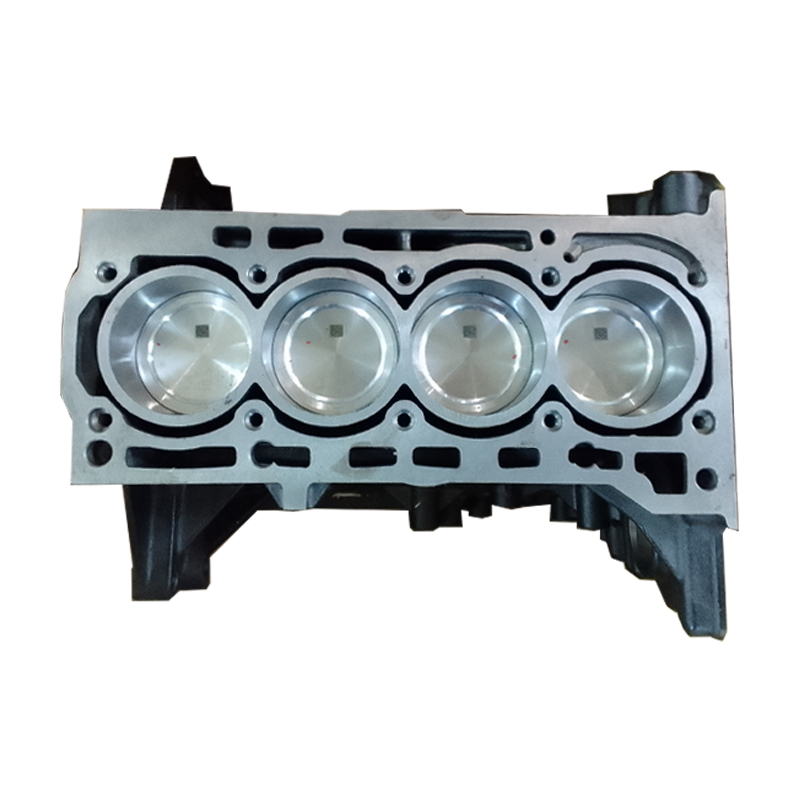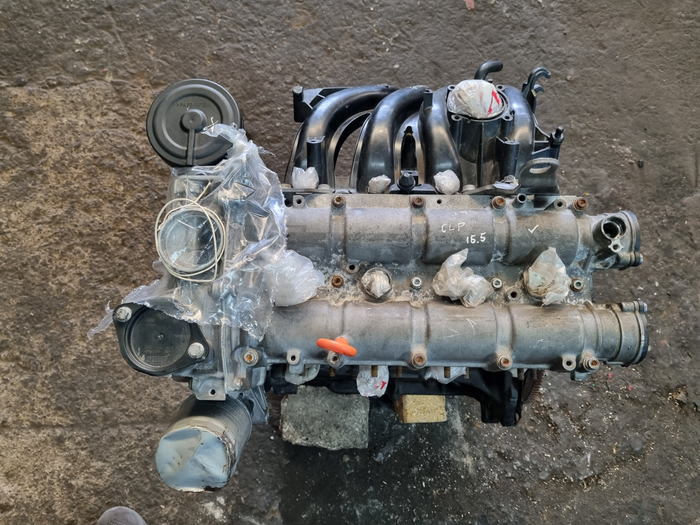Extend the lifespan of your clp engine with regular care.
Just How a Clp Engine Can Improve Efficiency in Numerous Industries
The arrival of CLP engines notes a considerable shift in operational performance throughout various fields, driven by their capacity to enhance fuel consumption and minimize downtime. As organizations significantly prioritize sustainability along with efficiency, the duty of CLP engines becomes also more important.
Introduction of CLP Engines
CLP engines, or Continual Liquid Propellant engines, stand for a significant innovation in propulsion modern technology, especially for area applications. These engines use a constant feed system that enables for the continual expulsion of propellant, bring about enhanced effectiveness and efficiency contrasted to traditional strong or hybrid propulsion systems. By maintaining a continuous circulation of liquid propellant, CLP engines can accomplish extra accurate drive control, which is critical for steering spacecraft in numerous goal situations.
The layout of CLP engines incorporates sophisticated materials and cutting-edge fuel monitoring systems. clp engine. This results in decreased weight and raised reliability, crucial factors for long-duration room objectives. Moreover, the constant operation minimizes the threat of burning instability, an usual challenge in conventional rocket engines.

Advantages in Manufacturing
The manufacturing of Continual Fluid Propellant (CLP) engines offers numerous significant benefits that improve both efficiency and cost-effectiveness. One of the key benefits is the structured manufacturing procedure, which decreases the intricacy connected with typical propulsion systems. By making use of fluid propellant, suppliers can achieve higher precision in engine efficiency, causing enhanced power outcome and minimized waste.
Furthermore, CLP engines assist in a higher degree of modularity, enabling much easier integration right into various manufacturing lines. This flexibility can substantially decrease preparations and enhance general operational adaptability. The use of CLP technology likewise often tends to decrease the demand for considerable upkeep due to less moving components, which equates right into reduced downtime and functional expenses.

Applications in Logistics
Leveraging Constant Fluid Propellant (CLP) engines in logistics offers substantial benefits in functional effectiveness and reliability. These engines provide a durable remedy for numerous transportation needs, making it possible for the seamless motion of products across large ranges. The inherent style of CLP engines enables consistent power outcome, which equates into smoother and a lot more predictable transportation routines.
Among the crucial applications of CLP engines in logistics is in durable freight transport, where they can drive both ground and airborne vehicles. Their capability to preserve high performance under differing load problems makes certain that delivery timelines are met, thus improving consumer contentment. Furthermore, CLP engines can be incorporated right into automated logistics systems, helping with real-time monitoring and maximizing course planning.
Moreover, the durability of CLP engines lowers upkeep downtime, permitting logistics firms to optimize their functional capacities. This is particularly useful in warehousing procedures, where performance in go now managing and transferring products is essential. As logistics remains to develop, the combination of CLP engines represents a forward-thinking method that not just enhances performance yet likewise sustains the industry's growing demands for reliability and rate.
Effect On Power Performance
How do Continuous Fluid Propellant (CLP) engines enhance energy effectiveness in transportation? CLP engines utilize a constant circulation of fluid gas, optimizing combustion procedures and maintaining a stable thrust outcome. This layout decreases energy losses related to standard burning engines, where gas shipment can differ and bring about inadequacies.
The continual this post procedure of CLP engines enables a more reliable thermal cycle, causing greater certain impulse compared to traditional engines. clp engine. This equates to decreased gas usage for the very same amount of job done, dramatically lowering functional prices throughout numerous transport fields, consisting of aviation and maritime markets
Additionally, the ability of CLP engines to keep optimal performance under varying tons problems lowers the requirement for constant acceleration and slowdown, even more boosting fuel performance. Improved energy effectiveness not only contributes to cost financial savings however likewise causes decrease greenhouse gas emissions, lining up with global sustainability objectives.
Future Trends and Innovations
Emerging advancements in Continual Fluid Propellant (CLP) engine modern technology promise to transform the landscape of transport efficiency and sustainability. As sectors pivot towards greener options, CLP engines stand at the center, incorporating cutting-edge products and style methodologies that improve efficiency while minimizing environmental influence.
Among the most promising fads is the fostering of crossbreed systems that integrate CLP engines with sustainable energy resources. This harmony can optimize gas intake and lower discharges, straightening with worldwide sustainability objectives. Advancements in computational liquid dynamics (CFD) are assisting in the design of even more aerodynamically reliable engines, leading to decreased drag and boosted fuel performance.
Furthermore, the development of wise monitoring systems is set to improve functional efficiencies. These systems take advantage of information analytics and IoT technology to enhance engine performance in real-time, making certain that the engines operate within their most effective find this specifications.
As study proceeds to explore alternative propellant solutions-- such as biofuels and synthetic fuels-- the future of CLP engines looks promising. By harnessing these developments, industries can not only enhance their performance but additionally contribute substantially to a cleaner, extra sustainable future in transport.
Final Thought
In conclusion, CLP engines stand for a significant innovation in efficiency across multiple markets. The assimilation of advanced products and fewer moving parts lessens maintenance needs, while positioning with sustainability goals placements CLP engines as a pivotal innovation for the future.